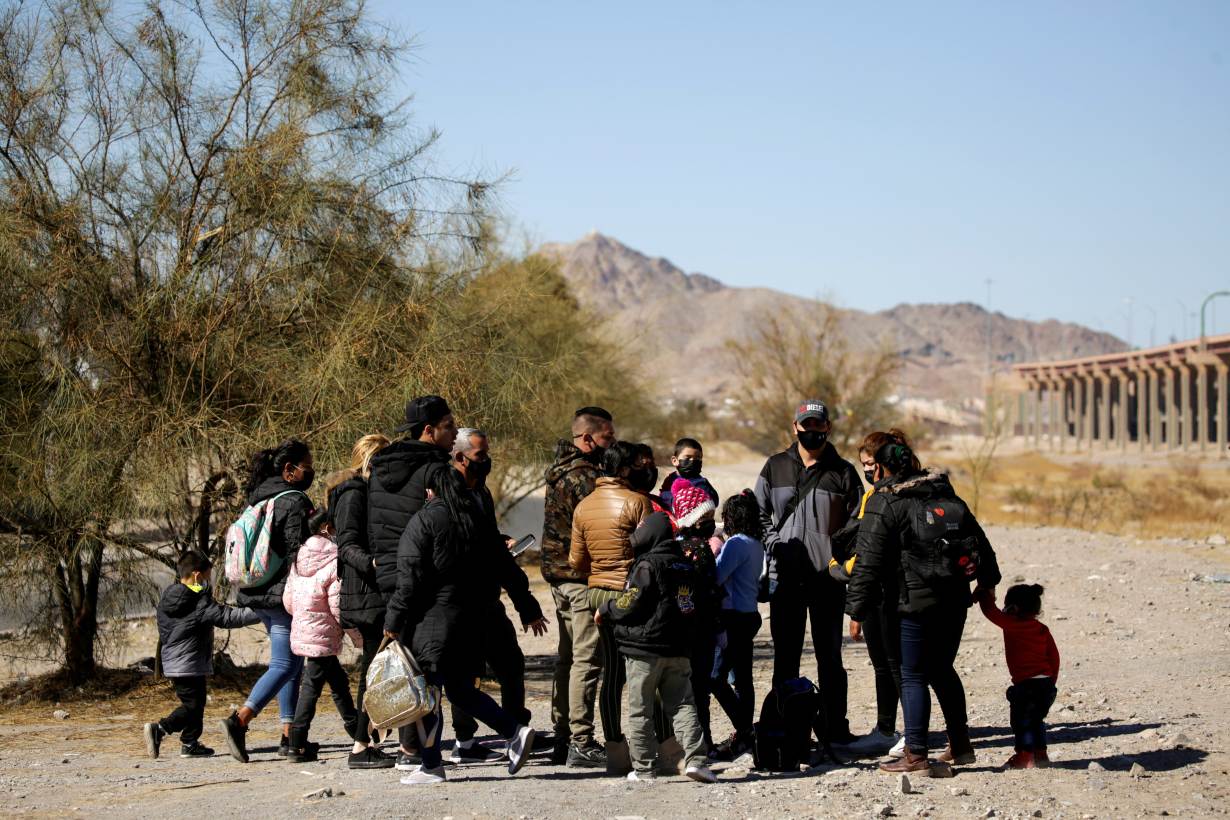From green cards to immigration judges, here's what's in Biden's immigration bill
Feb 18 (Reuters) - President Joe Biden's proposed legislative overhaul of the U.S. immigration system, due to be formally introduced in Congress on Thursday, would be the largest in decades, but it faces steep odds. Here's what's in the bill, according to a 66-page summary:
- An eight-year path to citizenship would be provided for millions of people who were living in the United States unlawfully on Jan. 1, 2021. They would receive a permanent residency card, commonly referred to as a "green card," after five years if they pass certain requirements including background checks, and could then apply for citizenship after three years.
- Many of the people with Deferred Action for Childhood Arrivals (DACA) protection, known as "Dreamers," who were brought to the United States illegally as children and people with Temporary Protected Status would immediately be eligible to apply for a green card and would have a three-year path to citizenship.

- The annual per-country limits on many forms of legal immigration would be raised and family reunifications would speed up for green card holders.
- The multiyear bars to re-entry would be scrapped for certain people who lived in the United States illegally and then left.
- The number of immigration judges working in the court system would be increased.
- Regional processing centers would be authorized in Central America.
- Legal counsel would be appointed for vulnerable populations of migrants, such as children.
- Grants would be made available to local educational agencies to provide services to unaccompanied migrant children.
- An English-language citizenship requirement would be lifted for certain permanent residents over the age of 50.
(Reporting by Ted Hesson in Washington and Kristina Cooke in Los Angeles; Editing by Howard Goller)

